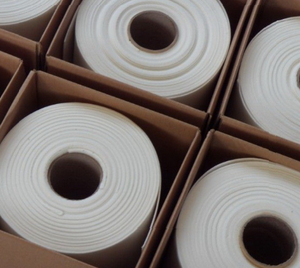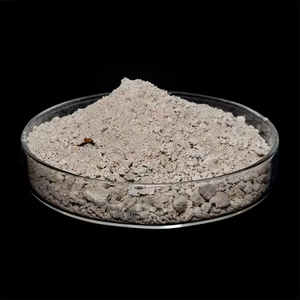Professional industry ceramic supplier, silicon nitride, silicon carbide, aluminum nitride and any other kinds of ceramics.
PRODUCT PARAMETERS
Description
Overview of 1600cc Ceramic Fiber Blanket for industrial furnace linings.
1600cc Ceramic Fiber Blanket for industrial furnace linings. is a lightweight, high-temperature insulation material composed primarily of alumina-silica. It is manufactured through a melting and spinning or blowing process, resulting in a flexible, wool-like textile. This material is engineered to provide exceptional thermal management, conserving energy and protecting equipment in extreme temperature environments across various industries.
Features of 1600cc Ceramic Fiber Blanket for industrial furnace linings.
-
Excellent Thermal Stability: Withstands continuous operating temperatures up to 1260°C (2300°F) and higher for certain grades, with minimal shrinkage.
-
Low Thermal Conductivity: Provides highly efficient insulation, reducing heat loss and improving energy efficiency.
-
Lightweight & Low Heat Storage: Offers low thermal mass, enabling rapid heat-up and cool-down cycles for improved process control and energy savings.
-
Thermal Shock Resistance: Highly resistant to damage from rapid temperature changes.
-
Excellent Flexibility & Resilience: Can be fabricated into blankets, boards, papers, and textiles to fit complex shapes and applications.
-
Good Chemical Stability: Resists attack from most corrosive agents, except strong alkalis and hydrofluoric acid.
Specification of 1600cc Ceramic Fiber Blanket for industrial furnace linings.
This ceramic fiber blanket provides high-temperature insulation for industrial heaters. Its thickness actions 1600 kilograms per cubic meter. This thick framework provides excellent thermal buildings. It properly obstructs heat transfer. Heater cellular linings stay cooler externally. This boosts power effectiveness considerably. Much less warmth leaves the heater chamber. Fuel costs reduce gradually.
The product endures extreme temperatures. It handles continuous heat up to 1425 degrees Celsius. Short-term exposure to 1600 degrees Celsius is possible. This matches requiring industrial home heating processes. The covering withstands thermal shock well. Quick home heating or cooling cycles create minimal damage. Heater cellular linings last longer by doing this. Maintenance downtime lowers.
Installment is uncomplicated. The covering is flexible and lightweight. Workers sufficed quickly to fit complicated forms. It adheres well to furnace wall surfaces and roofing systems. Anchoring systems safeguard it securely. This creates a smooth, reliable lining. Joints remain limited under running conditions. Air infiltration decreases.
Chemical resistance is strong. The blanket stands up to typical heater atmospheres. It takes care of oxidizing and minimizing settings well. Deterioration is not a significant problem. This guarantees secure long-term efficiency. Product honesty stays high. Replacement frequency drops.
Security issues. The covering has minimal shot web content. This indicates fewer loose, unpleasant bits. Handling is much safer for installers. Airborne dust reduces substantially. Lung irritation dangers reduce. Workers value a cleaner job website.
Resilience is vital. The dense fibers resist erosion from gas flows. They maintain strength after repeated home heating cycles. Heating system cellular linings maintain their shape. Structural integrity lingers. Total heating system dependability increases.
Applications of 1600cc Ceramic Fiber Blanket for industrial furnace linings.
Ceramic fiber coverings rated for 1600 levels Celsius are vital for lining commercial heating systems. These furnaces face extreme warmth. Standard materials commonly fall short here. This blanket withstands the extreme temperatures. It maintains the heating system framework secure. The covering is lightweight. It supplies excellent insulation. This stops warmth leaving the heater chamber. Much less warmth loss indicates big energy savings. Fuel prices go down dramatically. Heating systems warm up much faster. Production cycles reduce. Downtime reduces. This covering sets up quickly. Employees cut and form it by hand. It fits complicated heating system forms well. Joints stay tight. This avoids heat leakages. The material stays secure gradually. It withstands thermal shock. Fast heating and cooling down cycles do not damage it. The lining lasts longer. Maintenance requires reduction. This conserves cash on substitutes. The covering manages chemical direct exposure. Furnace atmospheres are commonly rough. This material deals well. It decreases heat storage space in the heating system wall surfaces. Furnace exteriors remain cooler. This improves work environment security. Workers face much less melt danger. Devices near the heating system lasts much longer. The 1600cc density uses great toughness. It resists damages during setup. It stands up to heating system gases moving past it. This integrity is crucial for constant industrial procedures.
 Company Profile
Company Profile
Tanki New Materials Co.Ltd. focus on the research and development, production and sales of ceramic products, serving the electronics, ceramics, chemical and other industries. Since its establishment in 2015, the company has been committed to providing customers with the best products and services, and has become a leader in the industry through continuous technological innovation and strict quality management.
Our products includes but not limited to Aerogel, Aluminum Nitride, Aluminum Oxide, Boron Carbide, Boron Nitride, Ceramic Crucible, Ceramic Fiber, Quartz Product, Refractory Material, Silicon Carbide, Silicon Nitride, ect. please feel free to contact us.
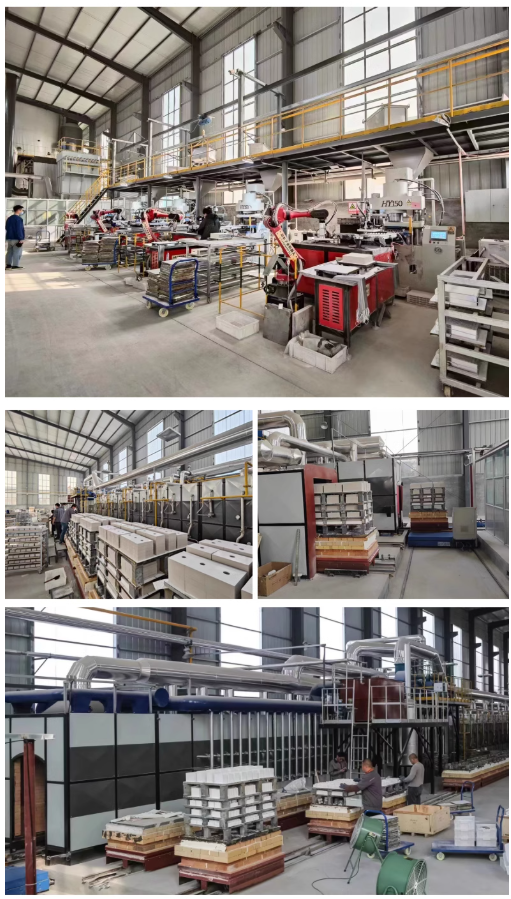 Payment Methods
Payment Methods
T/T, Western Union, Paypal, Credit Card etc.
Shipment Methods
By air, by sea, by express, as customers request.
5 FAQs of 1600cc Ceramic Fiber Blanket for industrial furnace linings.
What’s the max temperature this 1600cc ceramic fiber blanket handles?
This blanket handles continuous heat up to 1600°C (2912°F). It’s made for extreme industrial furnace conditions. It stays stable and insulating at this high heat. Exceeding this temperature risks damage. Always check your furnace’s exact needs.
What thickness options are available?
Standard thicknesses are 25mm (1 inch), 50mm (2 inches), and sometimes 75mm (3 inches). Thicker blankets provide better insulation. They reduce heat loss more effectively. Choose thickness based on your furnace’s operating temperature and required energy savings. Thicker is usually better for hotter furnaces.
How do I cut and shape the blanket?
Use sharp utility knives, heavy-duty scissors, or special ceramic blade tools. The blanket cuts easily. Measure carefully first. Wear gloves and a mask. Fibers can irritate skin and lungs. Cutting is straightforward. Work on a clean, flat surface.
How is the blanket installed inside a furnace?
Secure it using high-temperature anchors or pins. Push the pins through the blanket into the furnace wall or shell. Cover pin heads with small pieces of blanket or special caps. This prevents hot spots. Butt blanket edges tightly together. Avoid gaps. Overlapping isn’t usually needed. Ensure a snug fit against the furnace wall.
How long does this ceramic fiber blanket last?
Lifespan depends heavily on furnace conditions. Factors include max temperature, cycling frequency, atmosphere, and physical abuse. With proper installation and care, it lasts many years. Avoid direct flame impingement. Protect it from mechanical damage and chemical attack. Regular inspections help find wear early. Some furnaces need replacement sooner than others.
REQUEST A QUOTE
RELATED PRODUCTS
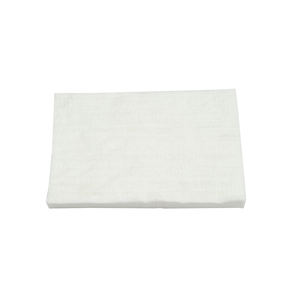
Low-temperature ceramic fiber gaskets.
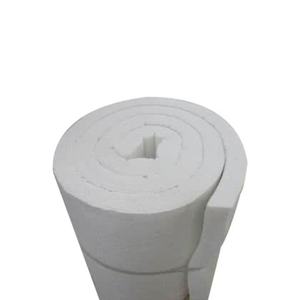
1mm, 2mm, 3mm, 4mm, 5mm thickness, modern 1260 fireproof Ceramic Fiber wool paper
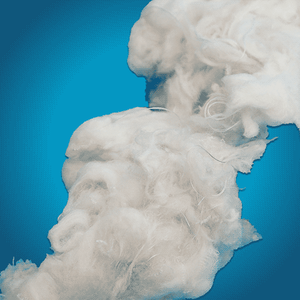
Customized high-temperature and fire-resistant ceramic fiber sheets with excellent insulation properties.
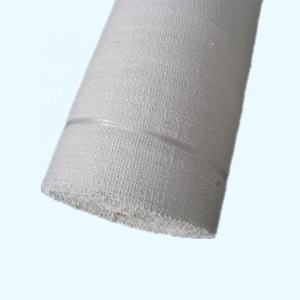
High-temperature Ceramic Fiber Bulk
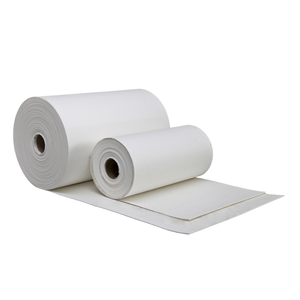
High-Density 1260c Standard White Ceramic Fiber Blanket for Furnace Walls, Lightweight Fireproof and Refractory Insulation
